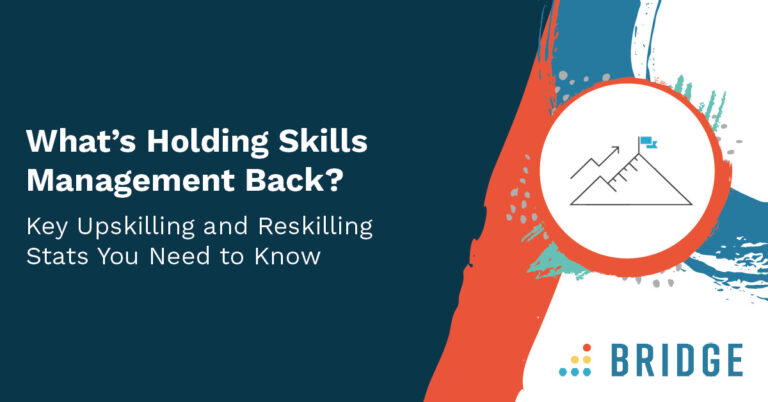With a tighter job market, the number of employers offering training is growing. The Organization for Economic Cooperation and Development found that 66 percent of workers received training over the past year—and the low unemployment rate of 3.7 percent is a big part of that. The talent shortage has prompted companies to recommit to the training they offer, whether that’s via their learning management systems or a more traditional classroom-based form of training delivery.
Let’s Stay Together / Whether Times Are Good or Bad
Employees are more likely to stay with a company that will help them continuously improve and build their skills, especially given the shift in job requirements and in-demand skills. A LinkedIn survey showed that “94 percent of employees said they would stay at a company longer if it invested in their career development,” and companies are taking this seriously, with employers “discovering that becoming a learning organization is a good way to fend off headhunters.”
But not all training is actually beneficial, with some employers focusing on “tightly specified, highly standardized tasks.” Instead, companies should highlight soft skills, such as creativity, emotional intelligence, imagination, and curiosity.
Made a Mistake When We Tried to Train You, Baby
HR Dive identified common mistakes companies often make in their training programs and suggests how to avoid them. Mistakes can “de-motivate staff, set employees up for failure, and even put them at risk,” and when a competitor is lurking nearby, employers can’t afford to lose their employees to companies that get training right.
So what mistakes should employers be sure to avoid? Some standouts:
- Not knowing your audience or their needs – Employers need to listen to what kind of learning is most valuable to their employees and ensure training meets their needs.
- Not training for specific outcomes – Both learners and facilitators need to be aware of the objective and any clear steps they need to take.
- Not enough internal input – Bringing in outside expertise to help with training can be beneficial, but experts within the company also have valuable insights to share.
- Not taking time to assess – Evaluating context and relevance of training programs before launching is key to making sure training delivers the right outcomes. And it’s important to get feedback from employees during and after training—then take that feedback and apply it to the next round.
- Treating training like a one-and-done – Training needs to be ongoing, and continuous learning and development opportunities should become a core part of the company culture. That way, people and businesses grow together.



